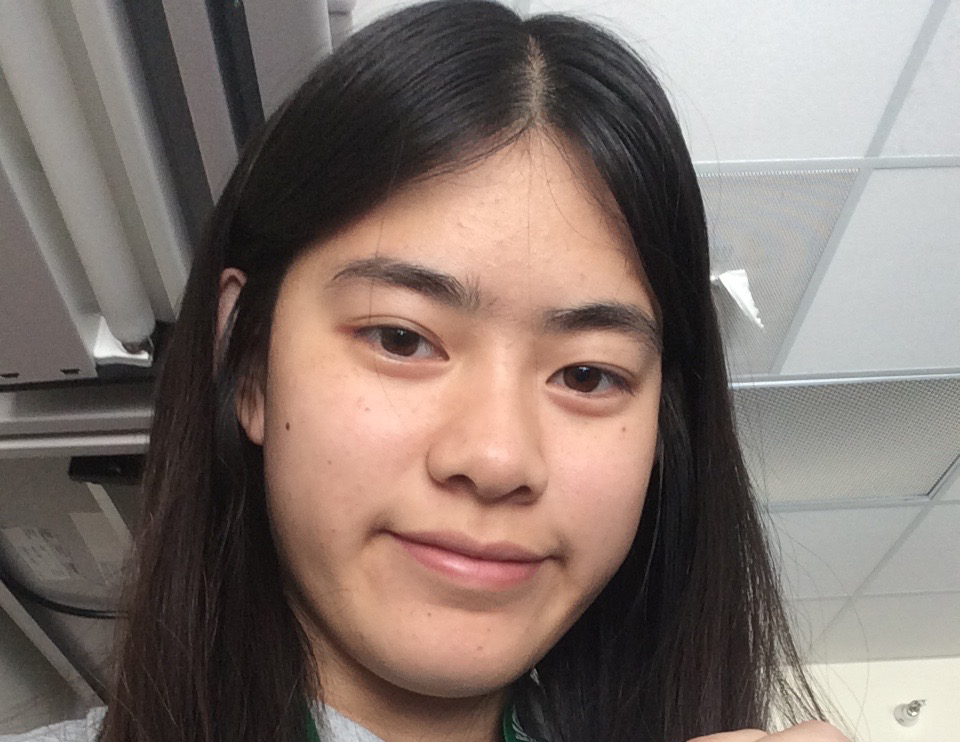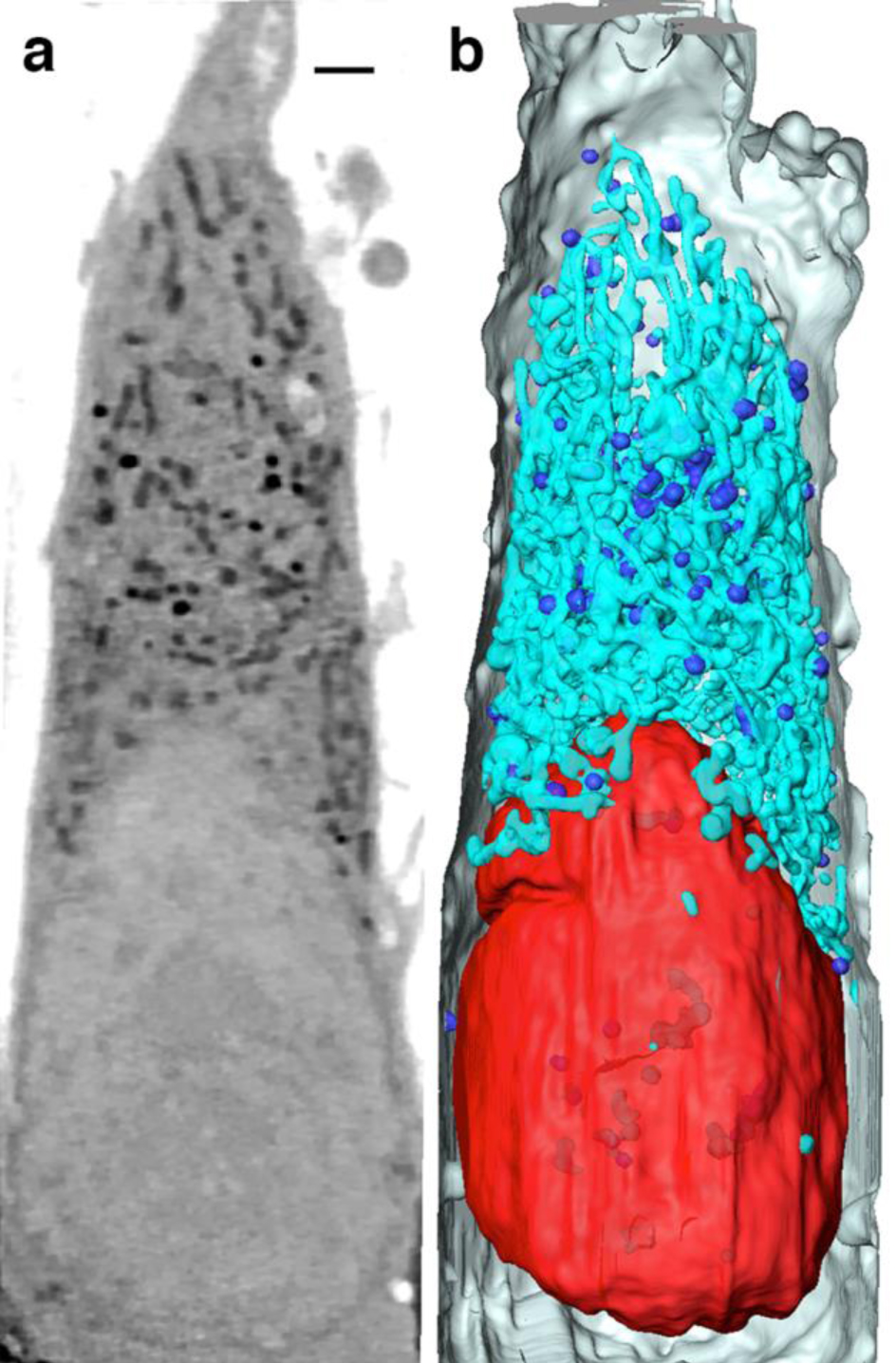 Young ALS user Jessica Guo may still be in high school, but she already has a peer-reviewed journal publication to her credit, based on work done at the ALS. She is a co-author of a paper titled, “Mesoscale imaging with cryo-light and x-rays: Larger than molecular machines, smaller than a cell,” published in Biology of the Cell on November 14, 2016.
Young ALS user Jessica Guo may still be in high school, but she already has a peer-reviewed journal publication to her credit, based on work done at the ALS. She is a co-author of a paper titled, “Mesoscale imaging with cryo-light and x-rays: Larger than molecular machines, smaller than a cell,” published in Biology of the Cell on November 14, 2016.
“The most valuable part about my experience was the environment,” said Jessica. “I was able to spend a month, give or take a few days, around smart, dedicated researchers and supportive scientists. I was in a place with very high-tech equipment and very good food. Just being a part of the community at LBNL was really rewarding.”
A senior at Miramonte High School in Orinda, CA (and daughter of ALS Senior Scientist Jinghua Guo), Jessica spent last summer as an intern at ALS Beamline 2.1, which is part of the National Center for X-ray Tomography (NCXT). Under the supervision of Carolyn Larabell and mentors Gerry McDermott and Jian-Hua Chen, Jessica learned cell biology techniques ranging from the culturing of cells to the calculation of soft x-ray tomographic reconstructions.
“Every scientist gets a thrill from publication, but few manage this achievement at such an early stage in their career,” said McDermott. “I mean, it takes most graduate students at least a year or two to pass this landmark, and that’s after completing an undergraduate degree,” he said.
“To be honest, I was incredulous and didn’t believe it until Gerry handed me a draft of the paper,” said Jessica. “I think it’s really amazing that the work was important enough to be published, and definitely something special that I wouldn’t have been able to do anywhere else.”

Jessica’s achievement, more than an entry on her CV, represents significant contributions made over the course of a 10-week internship. In that short time, she not only mastered highly complicated techniques, she also contributed to writing and editing a manuscript and prepared a figure based on her analysis: a soft x-ray tomographic reconstruction of a fibrosarcoma cell.
The paper explores the structural insights that can be gained by applying soft x-ray tomography to mesoscale cell biology and combining that technique with correlative fluorescence data from the same cell. The combination of these two discrete imaging methods produces a 3D view of the cell that blends high-resolution structural information with precise molecular localization data.
This was not Jessica’s first experience of life in a real lab. The previous summer, she worked as an intern with Corie Ralston, who leads the Berkeley Center for Structural Biology (BCSB). There, Jessica learned about protein crystallography and soon began to grow protein crystals herself, looping out the most promising ones to look at using x-ray diffraction.
According to Jessica, having a scientist as a father has played a huge role in sparking her interest. “I’m more inclined to be a scientist because my dad is one,” she said. “Having him as an influence has put me on a path towards the sciences, from choosing to take more science classes in high school to attending science summer camps and programs. Becoming a scientist would just be the next step, and one that I look forward to.”